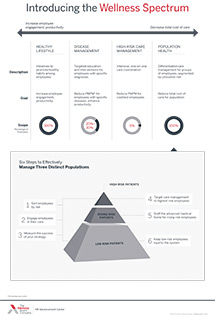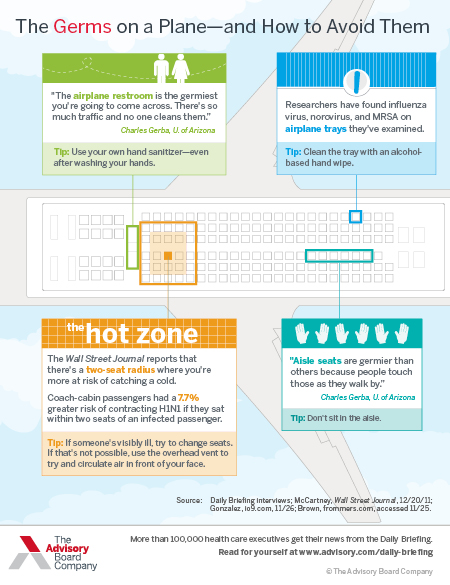Auto logout in seconds.
Continue LogoutEditor's note: This story was updated on November 29, 2017.
Writing in the Wall Street Journal this week, Sumathi Reddy takes a closer look at why some people suffer the symptoms of the common cold—runny nose, sore throat, and cough—for weeks at a time.
Reddy highlights a survey of nearly 500 people—published in the Annals of Family Medicine last year—that found most people assume cough symptoms will disappear in about seven days. Unfortunately, this is not always the case: The common cold can last up to two weeks for primary symptoms—and weeks longer for the cough that remains even after the virus is eliminated, she notes.
Moreover, a weakened immune system from a bout of the common cold can also increase the risk of secondary infections, such as bacterial sinusitis, doctors say. Some recovering patients also may get back-to-back colds, falling victim to one of the 200 known viruses known to cause the illness.
"When you hear people who have the cold that 'won't go away,' those are typically back-to-back infections of which we see a lot of in the cold weather when people are cohorting together," said Darilyn Moyer, a physician at Temple University Hospital and chair-elect of the American College of Physicians Board of Governors.
Experts say the average adult gets two to five colds per year, while school children may get seven to 10. Attempts to stay away from these known germ carriers may be fruitless—individuals can infect others without suffering symptoms themselves, physicians note.
"At any given if we were to swab you… we'd probably come up with five different rhinoviruses sitting in your nose but you're not sick," says Ann Palmenberg, a researcher at the University of Wisconsin-Madison. Rhinovirus is the most common viral cause of the common cold, accounting for between 30% and 50% of adult colds. More than 150 strains of rhinovirus have been identified, she notes.
To become infected, a person's so-called ICAM receptors, which the rhinovirus latches onto to enter the nasal passageway, need to be open. The risk of infection is more likely if a person is stressed, fatigued, or their health is suffering otherwise. "Rhinos are out there all the time, it's just a question of when you are susceptible," Palmenberg says (Reddy, Wall Street Journal, 3/24).
It's that time of the year again: How to avoid the flu when you fly
We spoke with the University of Arizona's Chuck Gerba—a microbiologist and expert in "fomites," or inanimate objects that are capable of spreading disease—about some of the most alarming hot spots on a plane, and the measures travelers can take to protect themselves. It was a mildly terrifying conversation.
Don't miss out on the latest Advisory Board insights
Create your free account to access 1 resource, including the latest research and webinars.
Want access without creating an account?
You have 1 free members-only resource remaining this month.
1 free members-only resources remaining
1 free members-only resources remaining
You've reached your limit of free insights
Become a member to access all of Advisory Board's resources, events, and experts
Never miss out on the latest innovative health care content tailored to you.
Benefits include:
You've reached your limit of free insights
Become a member to access all of Advisory Board's resources, events, and experts
Never miss out on the latest innovative health care content tailored to you.
Benefits include:
This content is available through your Curated Research partnership with Advisory Board. Click on ‘view this resource’ to read the full piece
Email ask@advisory.com to learn more
Click on ‘Become a Member’ to learn about the benefits of a Full-Access partnership with Advisory Board
Never miss out on the latest innovative health care content tailored to you.
Benefits Include:
This is for members only. Learn more.
Click on ‘Become a Member’ to learn about the benefits of a Full-Access partnership with Advisory Board
Never miss out on the latest innovative health care content tailored to you.


